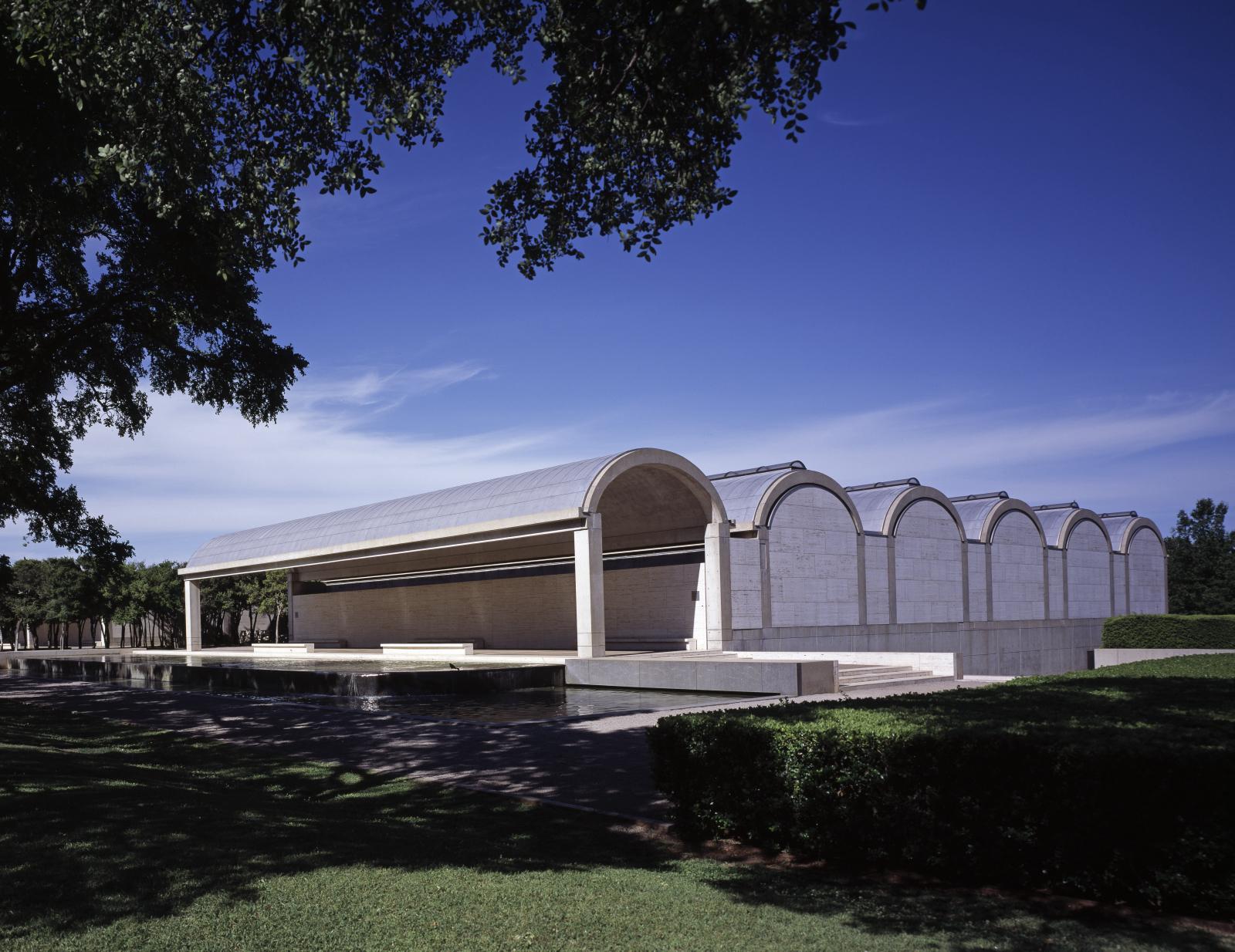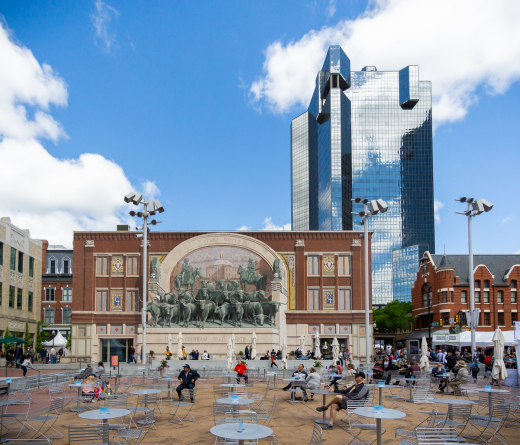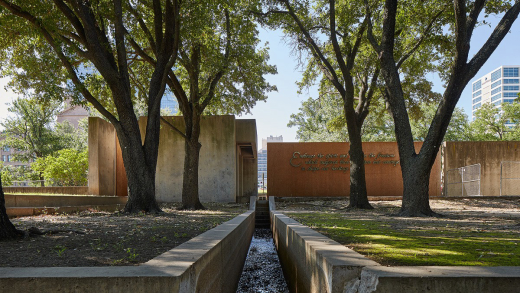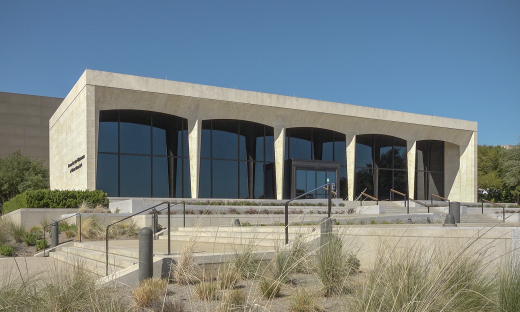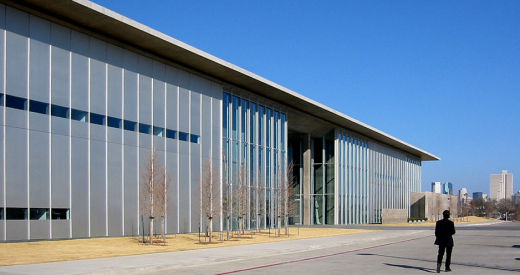Presented in collaboration with Docomomo US/North Texas and the Paul Rudolph Institute
North Texas, once a frontier landscape of cattle drives and railroads, rapidly evolved into one of the country’s major cultural and economic centers in the 20th century. Fueled by oil wealth, aviation, and postwar development, the cities of Fort Worth and Dallas embraced bold architectural ambitions that continue to shape their skylines today. This three-day weekend tour invites guests to explore the rich legacy of 20th-century architecture and design in the region, beginning in Fort Worth. Participants will visit the renowned museums of the Cultural District, including the Amon Carter Museum of American Art, designed by Philip Johnson; the Modern Art Museum of Fort Worth, a tranquil concrete and glass structure by Tadao Ando; and Louis Kahn’s iconic Kimbell Art Museum, widely regarded as one of the finest examples of museum architecture in the world. A highlight of the weekend is an exclusive tour and evening reception at the Paul Rudolph-designed Bass Residence, his largest and most ambitious private home, nestled in the Fort Worth suburbs. Kelvin Dickinson, president of the Paul Rudolph Institute, will provide special insight into this rarely seen architectural treasure.
On the final day, the tour shifts east to Dallas, where guests will explore some of the city’s most significant modernist landmarks. The day begins at Temple Emanu-El, a striking 1957 synagogue that blends modern design with deep spiritual symbolism. From there, the group will visit NorthPark Center, a mid-century retail masterpiece by E.G. Hamilton of Harrell + Hamilton Architects, which integrates modernist architecture with a world-class art collection. The afternoon includes a walk through the Dallas Arts District, home to major buildings by Norman Foster, Rem Koolhaus, Renzo Piano, I.M. Pei, and Edward Larrabee Barnes. The tour concludes at Dallas City Hall, an iconic Brutalist structure designed by I.M. Pei in the 1970s, with its dramatic cantilevered form standing as a bold civic gesture. This final stop offers a powerful reflection on the region’s commitment to modern design and its ongoing influence on the built environment of North Texas.
